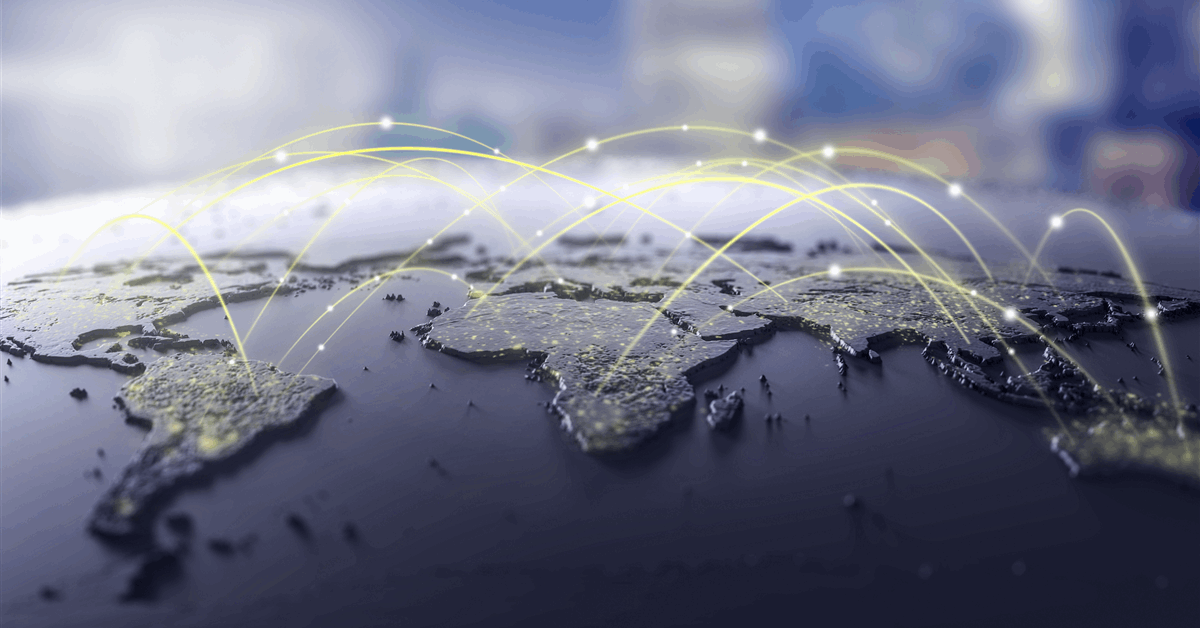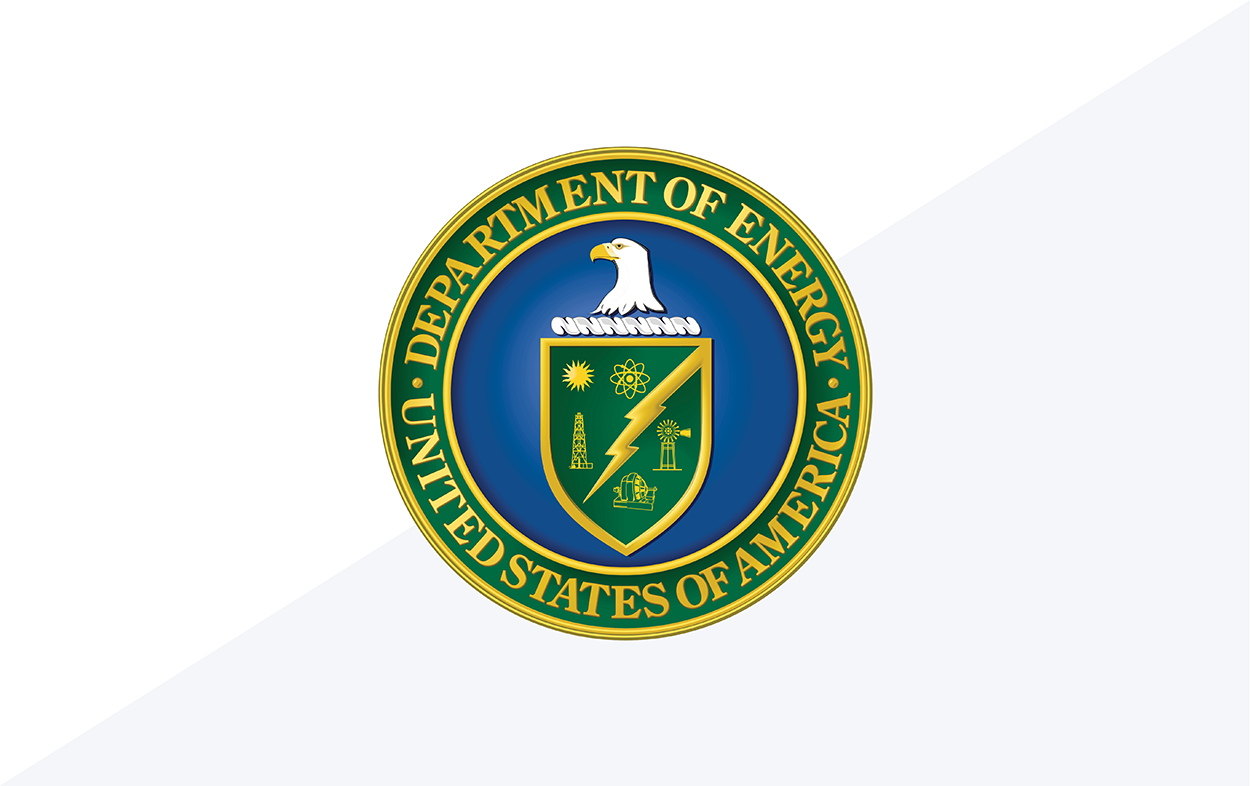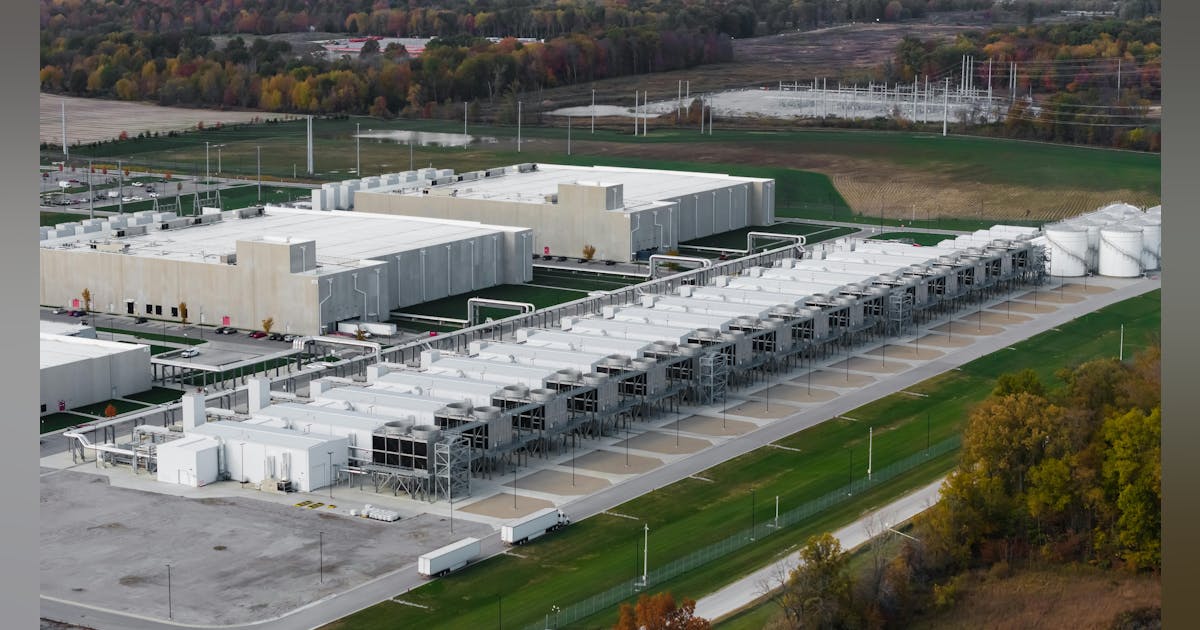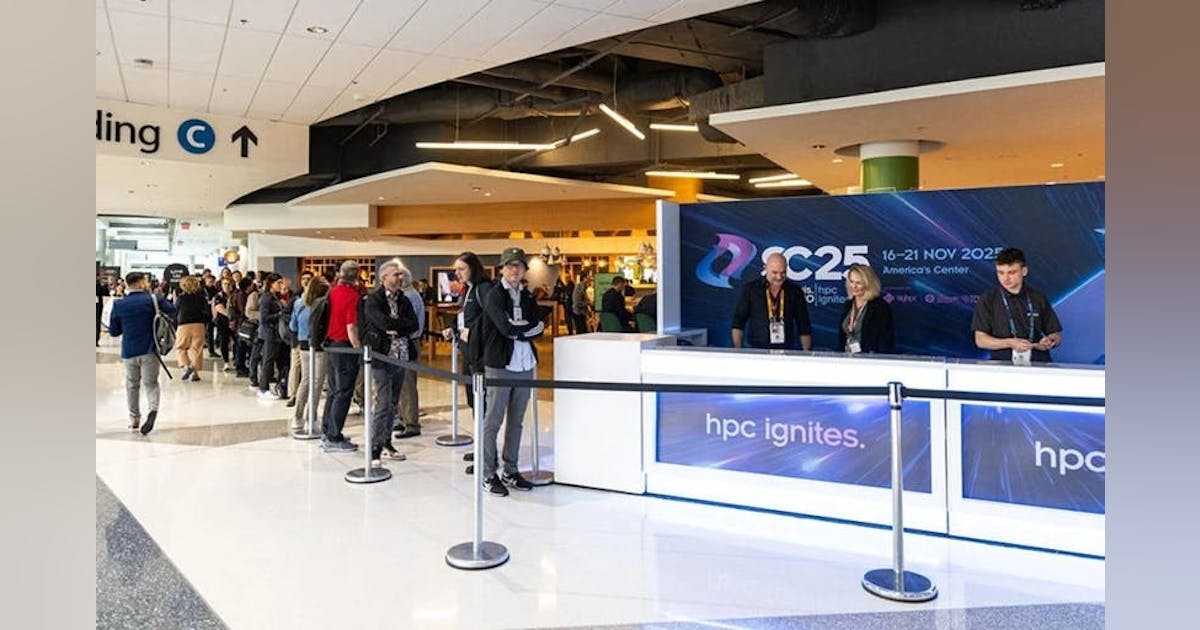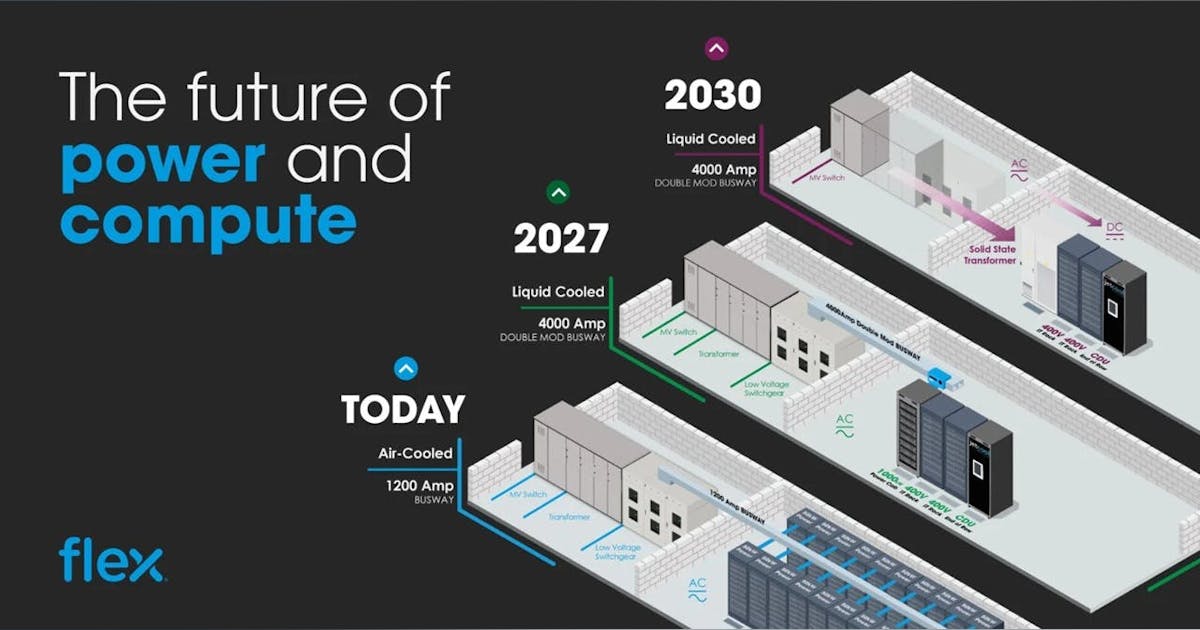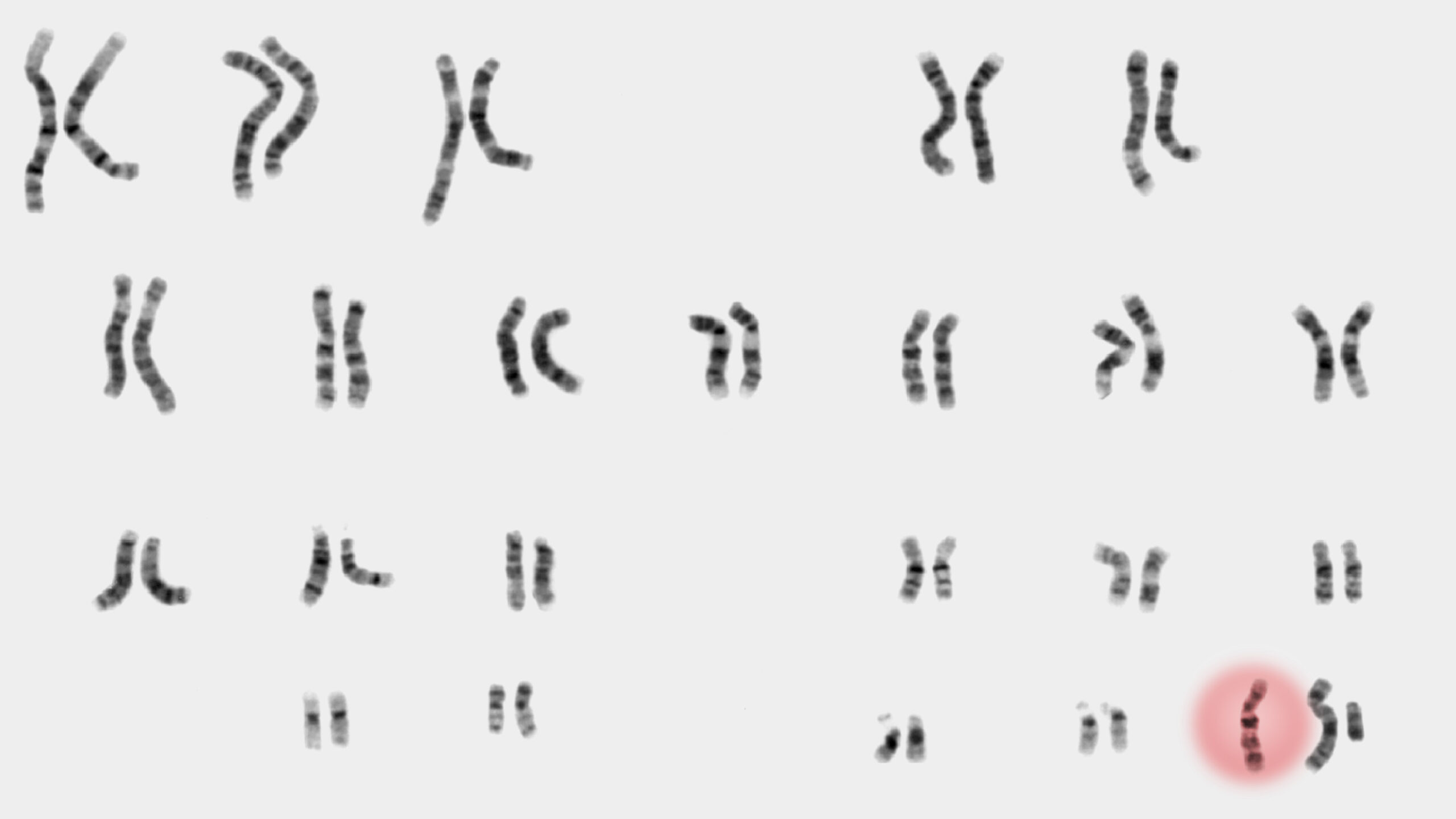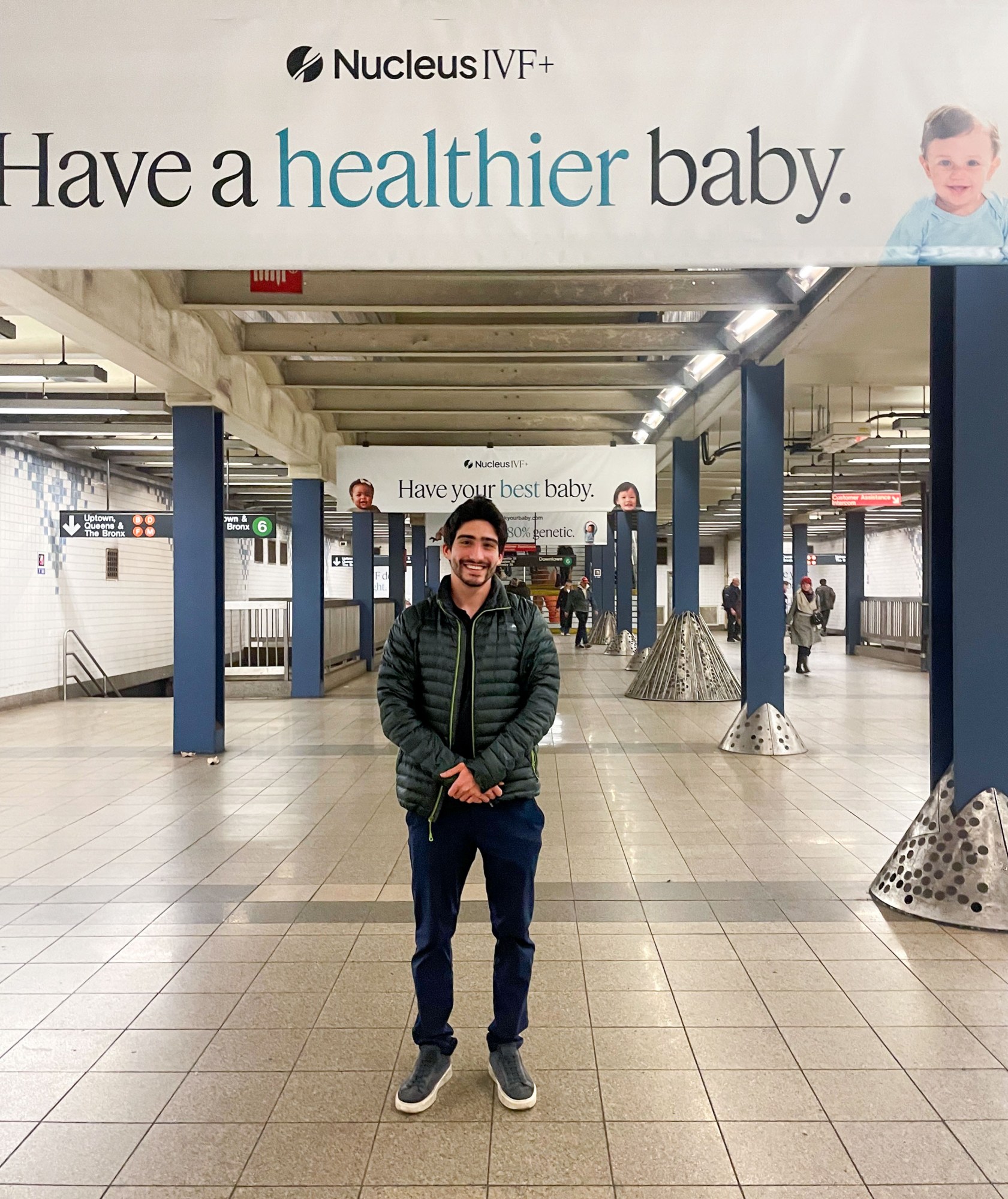
Cloud providers dive deep
Over the last few years, the explosive growth in data and AI workloads has pushed hyperscalers to not just rely on shared infrastructure to meet the demand but also control the connectivity layer.
“This is like backward integration for cloud providers such as AWS. As cloud providers like AWS build and own subsea cables, power shifts from traditional telecom carriers to hyperscalers. This gives hyperscalers greater control over capacity, routing, and network management tailored to their cloud and AI service needs,” said Pareek Jain, CEO at EIIRTrend & Pareekh Consulting.
This brings forth advantages for CIOs.
“Hyperscaler ownership of subsea cables generally improves operational efficiency by integrating cable management with cloud network infrastructure, enabling real-time optimization and automated traffic management. This results in higher reliability and performance for end users,” added Jain.
Also, given the fewer handoffs involved, there will be better throughput and faster recovery when things go wrong.
Vendor dependency and cost ripple
However, this increased consolidation introduces new risks for enterprises. Dependence on the same company for running compute, storage, and the sea cable routes connecting regions increases the depth and complexity of vendor dependency.





